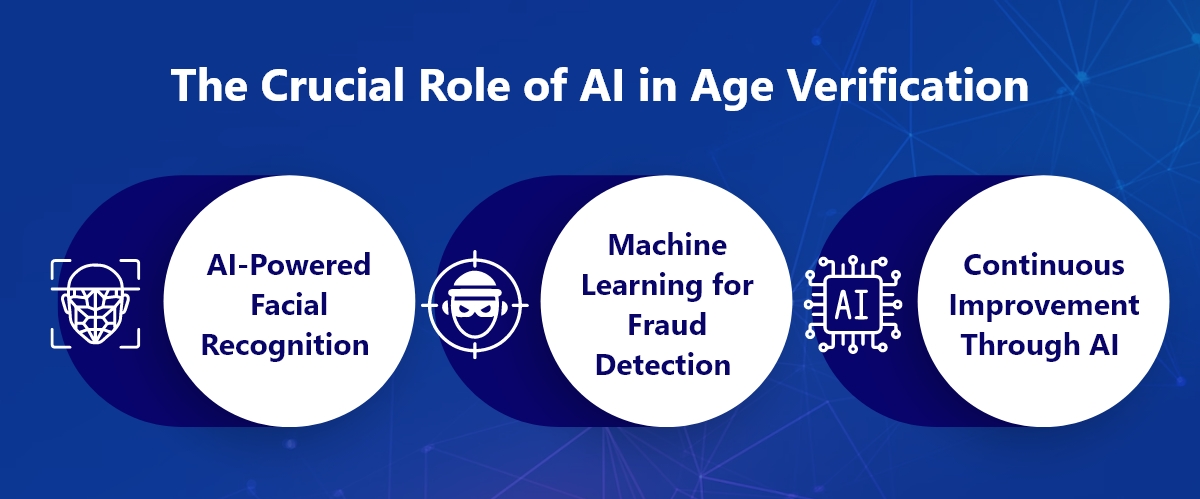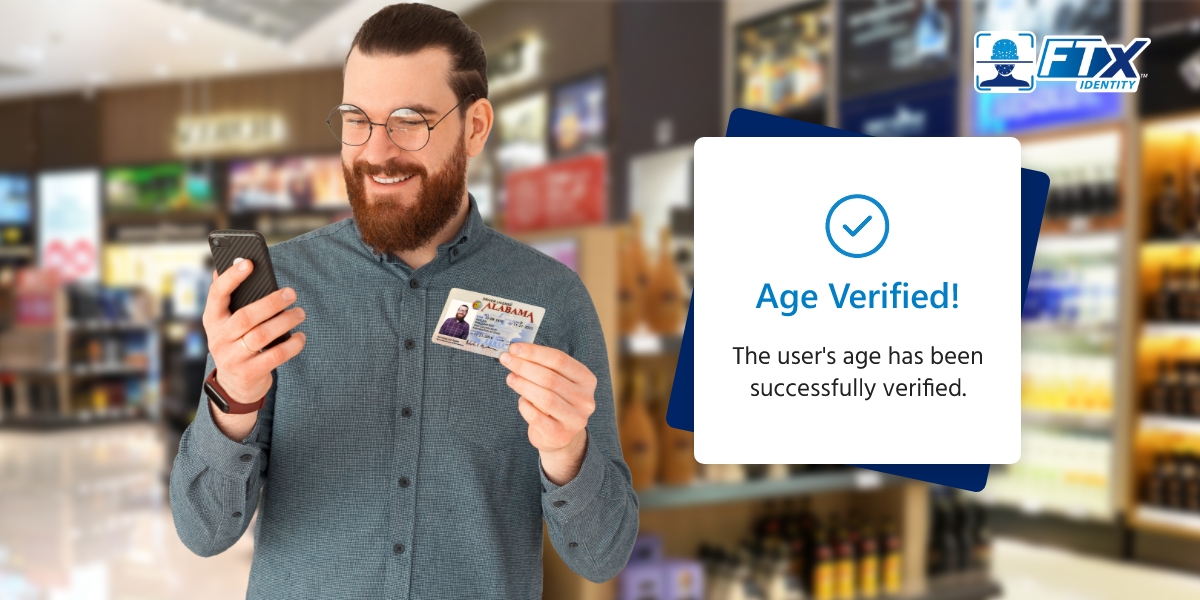The digital age provides many conveniences, such as wine delivery to your door or receiving last-minute gifts the next day. And really, who doesn’t appreciate convenience?
It also presents unique challenges, especially regarding the safety and privacy of minors.
With rising reports of identity fraud and easy access to age-restricted content, having strong age verification systems is more important than ever.
This blog post explores why age verification is necessary today, explains how these systems function, and outlines their benefits.
What Is an Age Verification System?
It’s a digital solution designed to confirm the age of individuals accessing specific online services or content.
The main purpose of an age verification system is to make sure that only those who meet the age requirements can access age-restricted areas. This is especially important for industries like online gambling, ecommerce, and social media, where protecting minors and meeting legal requirements is essential.

Understanding Age Verification Laws
Navigating age verification means understanding key laws that protect minors and their data.
Children’s Online Privacy Protection (COPPA)
COPPA, a law in the United States, is designed to protect the privacy of children under 13. It requires websites that collect personal information from kids to get verifiable parental consent. Age verification solutions are crucial for meeting COPPA requirements by confirming users’ ages and securing the necessary permissions.
General Data Protection Regulation (GDPR)
The GDPR, a comprehensive data protection law in the European Union, imposes strict guidelines on processing personal data, including that of minors. Organizations must implement age verification mechanisms to ensure they do not unlawfully collect or process data from children under age 16 without parental consent.
Enhance Security with Our Advanced Age Verification Software
Ensure compliance, reduce risks, and provide a seamless customer experience with our cutting-edge ID verification solutions.
7 Benefits of Using an Age Verification System
There are many benefits to using a system for businesses.
Here are just a few of the most notable advantages:
Protection of Minors
One of the main benefits of age verification systems is the protection of minors from accessing age-inappropriate content. By implementing these systems, businesses can ensure that children and teenagers are protected from harmful material, such as explicit content, online gambling, and alcohol sales.
They can help promote responsible online behavior by encouraging minors to get parental guidance and consent before accessing restricted content. This contributes to a safer online environment for minors.
Compliance with Regulations
Age verification systems help businesses comply with various legal regulations, such as COPPA and GDPR. By ensuring that users meet the required age criteria, businesses can avoid hefty fines and legal consequences associated with non-compliance.
Implementing an age verification system shows a company’s commitment to adhering to industry standards and protecting user privacy. This not only helps maintain a good reputation but also builds trust with customers and regulatory authorities.
Enhancing Customer Trust
Consumers are increasingly concerned about their online privacy and security. By adopting age verification systems, businesses can reassure their customers that their personal information is being handled responsibly and securely.
They also build trust by showing that a business is actively working to protect its users. This can result in greater customer loyalty and positive word-of-mouth, which ultimately benefits the business.
Risk Mitigation
Implementing age verification systems helps mitigate risks associated with underage access to age-restricted content. Businesses can prevent potential legal liabilities, reputational damage, and financial losses by ensuring that only eligible users can access their services. This proactive approach demonstrates a company’s dedication to responsible and ethical practices.
Streamlining Business Operations
Age verification systems streamline business operations by automating the process of verifying user ages. This reduces the need for manual checks and administrative overhead, allowing businesses to focus on core activities. Automation also improves accuracy and efficiency, minimizing errors and delays in the verification process.
Reducing Fraud and Identity Theft
They play a key role in reducing fraud and identity theft. By using advanced technologies such as biometric authentication and AI-powered algorithms, these systems can spot and prevent fraudulent activities. This ensures that only legitimate users gain access to age-restricted content, protecting both businesses and consumers.
Boosting Sales and Revenue
Businesses that implement age verification solutions can tap into new customer segments and increase sales. By catering to a broader audience of verified users, businesses can expand their market reach and drive revenue growth. To add, age verification systems build trust and credibility, encouraging repeat business and long-term customer relationships.

The Crucial Role of AI in Age Verification
The rise of digital technology has brought about a need for stricter age verification processes. With the increasing number of online transactions and activities, it has become crucial to verify the age of individuals accessing certain services or products.
This is where artificial intelligence (AI) comes into play.
AI-Powered Facial Recognition
AI has revolutionized age verification systems. AI-powered facial recognition technology can accurately determine a user’s age by analyzing facial features. This age verification technology improves the accuracy and reliability of age verification, offering a smooth experience for users while ensuring compliance with regulations.
Machine Learning for Fraud Detection
Machine learning algorithms play a key role in detecting and preventing fraud. These algorithms analyze patterns and behaviors to identify suspicious activities, such as fake identities or fraudulent transactions. By continuously learning and adapting, machine learning algorithms improve the effectiveness of age verification systems, making them more robust and reliable.
Continuous Improvement Through AI
AI-driven systems for age verification are always evolving. Through continuous improvement and updates, these systems become more accurate and efficient over time. Businesses that invest in AI-powered systems benefit from cutting-edge technology that stays ahead of emerging threats and regulatory changes.
Wrapping Up
Age verification systems are essential in today’s digital landscape. They protect minors, ensure regulatory compliance, enhance customer trust, and streamline business operations. AI technologies further improve these systems, making them more accurate and efficient.
By implementing a strong system, businesses can create a safer online environment, reduce fraud, and boost sales. If you’re looking to protect your users and comply with legal requirements, consider integrating one into your platform.
Have any questions? Let’s talk! Contact our team for a consultation and demo.
Ready to Implement a Reliable Age Verification System?
Contact us today to learn how our solutions can protect your business and ensure compliance.
